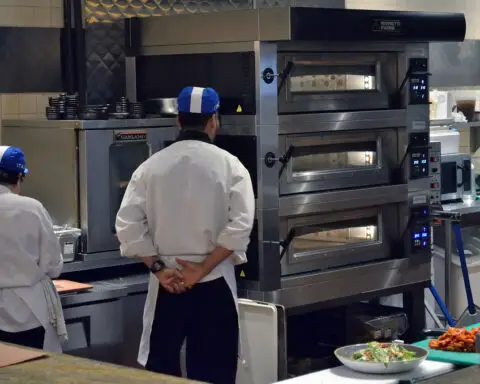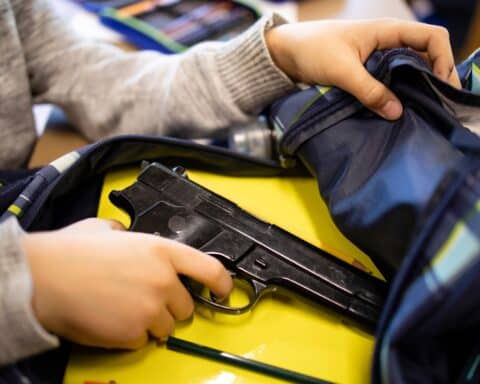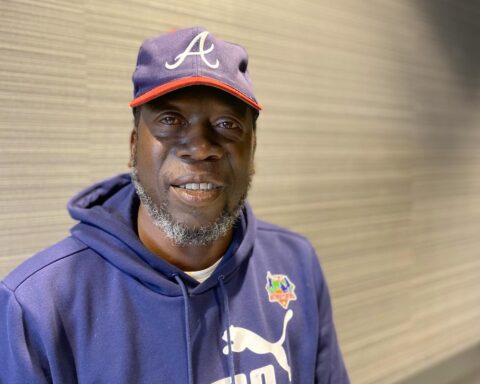The Gist: When Georgia students head back to school in August, it will be with the coronavirus hanging over their heads and shaping the make-up of their education. Today, the Georgia Department of Education released guidelines for returning to schools offering several options for school systems to get up and running again.
The Plan: The guidelines rely heavily on the local school system assessing the situation and making appropriate plans for students. The plan doesn’t make specific requirements, but lays out several options that school systems can take.
The guidelines are intended to ensure the safety of students, staff, and families while remaining flexible, responsive, and achievable in the K-12 setting. They are guidelines, not mandates, and are adaptive to multiple scenarios. School districts will review the guidance in consultation with their local public health departments and choose which methods to adopt.
“We created these guidelines, in partnership with Dr. Kathleen Toomey and her team at the Georgia Department of Public Health, to give school districts a blueprint for a safe reopening that is realistic in the K-12 setting,” State School Superintendent Richard Woods said. “We have a responsibility to keep our students, teachers, school staff, and families safe and to provide the best possible education for our children. I’m confident these guidelines will help schools accomplish both of those objectives.”
The Changes
Below are some of the things that may look different next year, particularly if you live in an area with a significant outbreak of COVID-19. Remember, these are choices your school district could make, but are not mandates.
Field Trips may be a thing of the past. The bus could serve as an incubator for the spread of coronavirus, and as such use of buses will be limited. In areas with little to no outbreak, field trips will be limited, in areas with more COVID-19 cases, they will likely be eliminated entirely.
The bus may stop at your house: Loading and unloading buses may change to avoid children from different households congregating together for long periods of time and to reduce the number of people squeezing onto the bus at the same time.
Sick children will have to stay home: The health department is recommending temperature checks of anyone entering the school, so if you used to send your child to school sick and hope for the best, you’re going to need to take the day off work now.
Your child may not go to school every day: Parents are going to have to think more about childcare and employers are going to have to allow more flexibility. The guidelines offer three models for staggering the number of students in the schools. The first would be alternating days. Some students would attend Monday and Wednesday while others would attend Tuesday Thursday. Friday would be designated for distance learning for all students.
Another option is to alternate weeks, with one set of students attending classes in person one week and another set the next week. The third option is a half day schedule with a group of students attending in the morning and a second group attending in the afternoon. Lunch time would be shared.
Classrooms and hallways will look different: Hallways will likely feature arrows or signage to designate traffic flow in an effort to keep students moving and socially distanced. Class schedules may also be staggered so that the entire school isn’t switching classes and therefore in the hallway at the same time. Unused desks and furniture may also be removed from classrooms to increase space available for social distancing.
Class changes may not happen: Another option for controlling traffic flow in the hallway is to have the same group of students stay in the same classroom and with the same staff all day.
The cafeteria may be empty: Another suggestion in the plan is for lunch to move from the cafeteria and into the classroom.
Hand sanitizer will be everywhere: Regardless of the level of infection in a given area, the plan heavily emphasizes the use of hand sanitizer. Students will see hand-sanitizer everywhere from the classroom to the bus.
Parts of schools may be closed off: If a child does attend school sick or is exposed to COVID-19, the plan suggests closing off parts of the school used by the infected child until those areas can be properly sanitized. Students meeting in alternative classrooms or seeing hallways closed off may become common.
You can view the whole plan here.
WHAT DO YOU THINK OF THE PLAN: What do you think of the suggestions made in the Department of Education’s plan? Share your thoughts on this topic by clicking here.
Recommended for You:
Disclosure: This article may contain affiliate links, meaning we could earn a commission if you make a purchase through these links.






